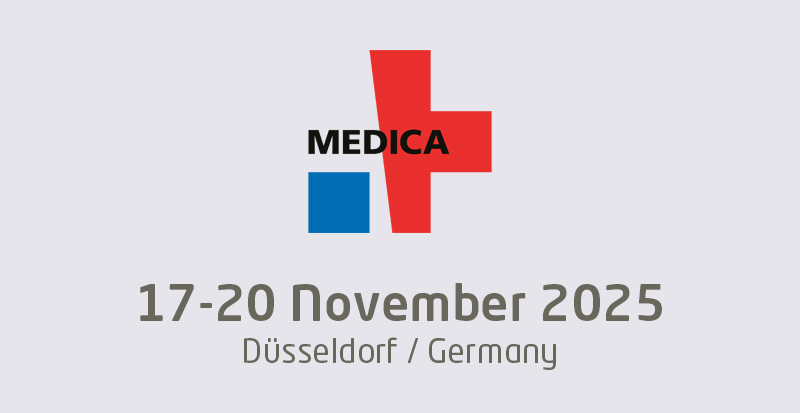Electronic records require data entry which distracts physicians, leaves patients feeling neglected
Physicians who use paper chart spend about 9 percent of appointment times looking at them. Doctors with EHRs, however, spend more than one third of the appointment looking at the computer screen.
Medical Economics reports a study conducted by Northwestern University analyzed eye gaze patterns to determine the time physicians spend looking at records. “When doctors spend that much time looking at the computer, it can be difficult for patients to get their attention,” says Enid Montague, PhD, first author of the study. “It’s likely that the ability to listen, problem-solve, and think creatively is not optimal when physicians’ eyes are glued to the screen.”
Patients spent 11 percent of their appointment time looking at the EHR, significantly less than their physicians. Montague suggests EHRs could be designed so that physicians are more comfortable inviting patients to view their records as well. “Not only does the doctor spend less time looking at the patient, the patient also almost always looks at the computer screen, whether or not the patient can see or understand what is on the screen,” Montague says.
One possible solution could be employing scribes to better document appointments. According to the New York Times, physicians who use scribes say they feel liberated from the constant note-taking that modern electronic health records systems demand. And it’s saving doctors from keeping long hours to complete data entry as well. “Having the scribe has been life-changing,” said Dr. Jennifer Sewing, a family medicine practitioner, who used to spend late nights at her computer finishing electronic patient charts. Now, she can relax with her family or go to bed instead.
Dr. Christine Sinsky, a primary care physician at Medical Associates Clinic and Health Plans, told the Times it’s a triple win. “The patients get undivided attention from the physicians. The scribes are continuously learning while making an important contribution, and the physician gets the satisfaction of doing the work they went into medicine for in the first place.”
Ron Slocumb, MD, a private practice ophthalmologist, told VoiceFirst Solutions, “I used scribes extensively in the past to increase my efficiency. Without a scribe, and especially with an EMR, it seems I am spending a lot of time facing away from the patient.” Slocumb further explains, “The main con of using scribes is the possibility that they may not record the exam information as accurately as the doctor would. Among physicians, scribes are either loved or hated. There’s not a lot of middle ground.”























